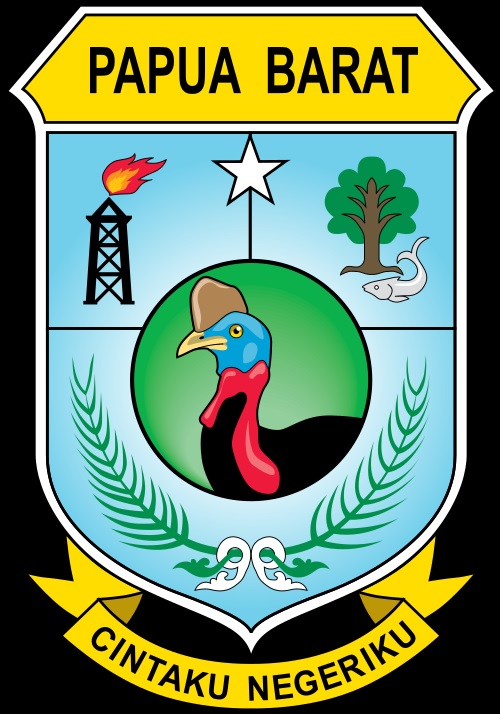Papua Barat
West Papua

Papua Barat used to be part of Papua Province until it was separated out in 2003, against the wishes of the semi-autonomous Papua which should have had control over such things. An Indonesian court agreed and prevented a further split of Papua into a central province as well. People use the name Papua Barat, but until it is formally changed you might still hear Irian Jaya Barat.
The Papua provinces on the Indonesia side of the border are linked inextricably with the Papua on the other side of the border, the whole being referred to as New Guinea, the second largest island in the world. And by inextricably linked I mean there is no connection between any two things on this island. There are over one thousand different tribal groups and over one thousand different languages represented on the island. As you can well imagine this makes for quite a few dots on the Joshua Project Map of Ethnic Divisions and Evangelical Progress (They're mostly green). The very name Papua may come from the Tidore words Papo and Ua which together could mean Not United or possibly Territory That is Far Away and Therefore Not United. Or it might come from the Malay word pua-pua which means frizzly-haired. Forensic Etymology is more of an art and less of a science.
The island, and therefore this province, has been inhabited for at least 50,000 years, although anything before the Europeans gets sketchy. A Chinese tourist, Chau Yu Kua, did write about the place in the 13th century and that is the earliest written account of habitation here. Along with everything else in the region it was taken over by the Dutch and then the Japanese. But unlike everything else, when the Japanese were kicked out in 1945, and Indonesia declared its independence from Holland in 1949, the Dutch remained here. They called the west half of New Guinea Dutch New Guinea and refused to hand it over to Indonesia.
But Dutch influence in the area was in a decline, and in 1963 Indonesia took over control of the west half of New Guinea and made it the province of Papua, sometimes called West Irian or Irian Jaya. Independence sentiments remained, so the province was granted some autonomy in an attempt to pacify the population.
Today you might say that West Papua is a land of potential: potential tourism, potential agriculture, potential sea products, potential mining and potential revolution. There are several political movements, some peaceful, some not, all with the aim of declaring the Republic of West Papua to be independent from Indonesia.
Oh, and the giant chicken on the coat of arms is actually a Northern Cassowary, the world's most dangerous bird. There's a great recipe for those guys that we'll revisit when we get Down Under.
So off we go, to New Guinea.